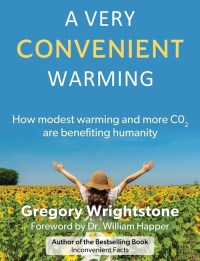 A University at Buffalo study published Tuesday found that global warming will increase the amount of snow in the Arctic, causing the Greenland ice sheet to melt much more slowly.
A University at Buffalo study published Tuesday found that global warming will increase the amount of snow in the Arctic, causing the Greenland ice sheet to melt much more slowly.
The study examined ancient lakebeds in western Greenland and found that historically, winter snowfall increased as temperatures rose because more precipitation occurred. The research focused on lakebeds laid down between 6,000 and 4,000 years ago, when Earth’s Northern Hemisphere was much warmer than it is today. Increased snowfall in Greenland means that its ice sheets would expand more than expected in the winter, totally disrupting the climate modeling that leads to devastating predictions of global warming.
“As the Arctic gets warmer, there is a vigorous scientific debate about how stable the Greenland Ice Sheet will be. How quickly will it lose mass?” Dr. Elizabeth Thomas, the study’s lead researcher and a professor of geology, said in a press statement. “Climate models and observations suggest that as temperatures rise, snowfall over Greenland could increase as sea ice melts and larger areas of the ocean are exposed for evaporation. This would slow the decline of the ice sheet, because snow would add to its mass. Our findings are consistent with this hypothesis.”
The research was published in the peer-reviewed journal Geophysical Research Letters.
















